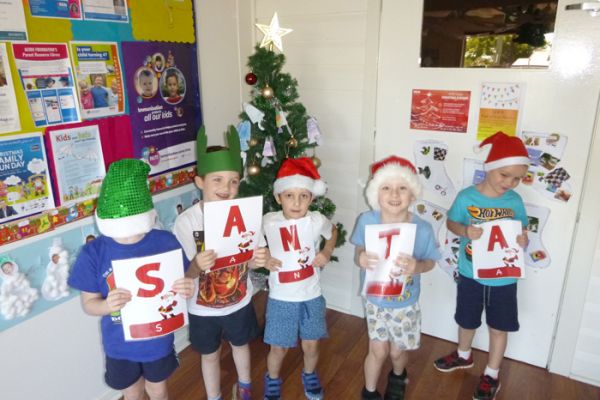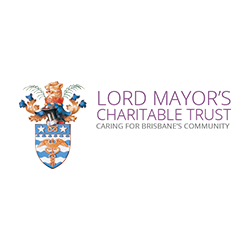
It’s almost Christmas; the time of the year when trees covered in glistening tinsel and sparkling baubles encroach on our world; surprisingly loud and uncomfortable sounds chorus in young ears; and unfamiliar family and friends begin visiting the home. All of these new and unusual events may seem daunting, but they’re also great learning opportunities to participate in over the holiday season.
Learning at home
Christmas is a great chance to teach new festive words using real objects in the natural environment, such a bauble, tinsel and Santa. You can also work with your child on answering questions such as, “What is it? What colour is it? Where does it go?”. You can introduce tolerating loud or unfamiliar sounds. Or, you may wish to work on greeting others (both familiar and unfamiliar people).
Getting out and about
Braving the city streets or hectic shopping malls at this time of year is a daunting experience for most people. Coping with large crowds is particularly challenging for your child with autism, and this can affect your entire family. You should always start small. Small achievements equal greater chances for success. By visiting a local store to purchase something your child enjoys, then leaving immediately, you will give purpose to the shopping experience for your child and help them cope with crowded environments. Then, you could increase your visit to two stores (in close proximity), then three, and so on. You could also increase the time spent in one or more stores before you buy your desired item and head home. These strategies can take time, so it’s important to be patient and follow through with your plan. Christmas Eve in the city may not be the best time to introduce your child to crowds for the first time or to try a tolerance program. Look for your most successful opportunity!
Skills and strategies
Over the holiday period, it’s also a good idea to select a few core skills (even one or two), and implement strategies to target them consistently. Some examples are:
- I will give my child 10 opportunities every day to practice using appropriate communication methods (PECs, Proloquo2go or sound approximations, single words, or speaking in sentences).
- Every time my child uses the toilet, I will prompt them to wash their hands properly.
- Every time my child is outside they will wear a hat- even if I have to put it on their head over and over again!
- I will not give my child the TV remote when they scream at me; I will only give it to them when they ask appropriately.
- At every mealtime, I will offer my child something they doesn’t usually eat to expose them to different foods.
- I will follow through every time I give my child an instruction, even if they kick and scream (not remove the request).
Stay positive!
We acknowledge life can be challenging so, most importantly, when faced with frustrations over the holidays, stick to your plan and recall the advice of your therapy team. Remember, when your child has a tantrum, this behaviour is partly to see what response they will get. Be consistent; think about how your response can influence your child’s behaviour and ability to control their emotions. Staying calm and not giving in to tantrums, no matter how big or small, shows your child how to deal with frustration.
If you would like to try these ideas, or have others you would like to work on, please discuss specific strategies for your child with their transdisciplinary team before you finish for the year.
About the author: Claire McIvor is a Program Coordinator (Senior Behaviour Therapist) with AEIOU Foundation. She's been with the organisation since 2013 and before joining, worked at an early intervention centre in Boston, the New England Centre for Children (NECC), while completing her thesis in applied behaviour analysis. She has also worked with adults with ASD in the disability sector in Ireland.


































